Emma Graham-Harrison in Kabul
Sun 3 Oct 2021
image above: The burnt-out remains of cars, minibuses and armoured vehicles at the CIA secret base. Photograph: Emma Graham-Harrison/The Observer
WN: Sick beyond description!
An excerpt:
The cars, minibuses and armoured vehicles that the CIA used to run its shadow war in Afghanistan had been lined up and incinerated beyond identification before the Americans left. Below their ashy grey remains, pools of molten metal had solidified into permanent shiny puddles as the blaze cooled.The faux Afghan village where they trained paramilitary forces linked to some of the worst human rights abuses of the war had been brought down on itself. Only a high concrete wall still loomed over the crumpled piles of mud and beams, once used to practise for the widely hated night raids on civilian homes.
The vast ammunition dump had been blown up. Many ways to kill and maim human beings, from guns to grenades, mortars to heavy artillery, laid out in three long rows of double-height shipping containers, were reduced to shards of twisted metal. The blast from the huge detonation, which came soon after the bloody bomb at Kabul airport, shook and terrified the capital city.
All formed part of the CIA compound that for 20 years was the dark, secret heart of America’s “war on terror”, a place were some of the worst abuses to sour the mission in Afghanistan would fester.
The sprawling hillside compound, spread over two square miles north-east of the airport, became infamous early on in the conflict for torture and murder at its “Salt Pit” prison, codenamed Cobalt by the CIA. The men held there called it the “dark prison”, because there was no light in their cells, the only occasional illumination coming from the headlamps of their guards.
It was here that Gul Rahman died of hypothermia in 2002 after he was chained to a wall half-naked and left overnight in freezing temperatures. His death prompted the first formal CIA guidelines on interrogation under a new regime of torture, eviscerated in a 2014 report that found that the abuse did not provide useful intelligence.
The base has for two decades been a closely guarded secret, visible only in satellite photos, navigated by the testimony of survivors. Now the Taliban’s special forces have moved in and recently, briefly, opened up the secret compound to journalists.
“We want to show how they wasted all these things that could have been used to build our country,” said Mullah Hassanain, a commander in the Taliban’s elite 313 unit, who led the tour of destroyed and burnt-out compounds, “burn pits” and incinerated cars, buses and armoured military vehicles.
Taliban special forces include suicide attackers who recently marched through Kabul to celebrate seizing the capital. Vehicles now emblazoned with their official “suicide squadron” logo escorted journalists around the former CIA base.
It was a grimly ironic juxtaposition of the most cruel and ruthless units on both sides of this war, a reminder of the suffering inflicted on civilians by all combatants in the name of higher goals, over several decades.
…
Nearby, the site of the Salt Pit jail had apparently been razed a few months earlier. A New York Times satellite investigation found that, since spring, a cluster of buildings inside this part of the CIA compound had been levelled.
Taliban officials said they did not have any details about the Salt Pit, or what had happened to the former jail. Rahman’s family are still searching for his body, which has never been returned to them.
Other torture techniques recorded at the site included “rectal feeding”, shackling prisoners to bars overhead, and depriving inmates of toilet “privileges”, leaving them naked or wearing adult diapers.
Please click on: Inside the CIA’s secret Kabul base
If you can stomach it . . .
Please click on as well: Secret World of US Interrogation
and: United States of America / Yemen Secret Detention in CIA “Black Sites”.

